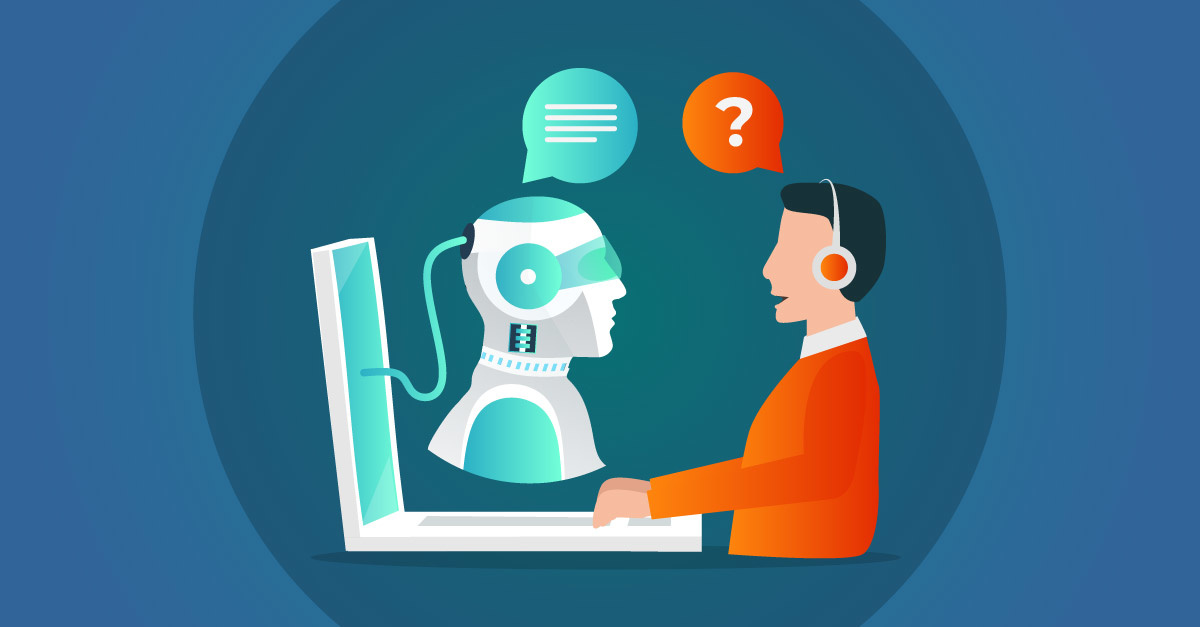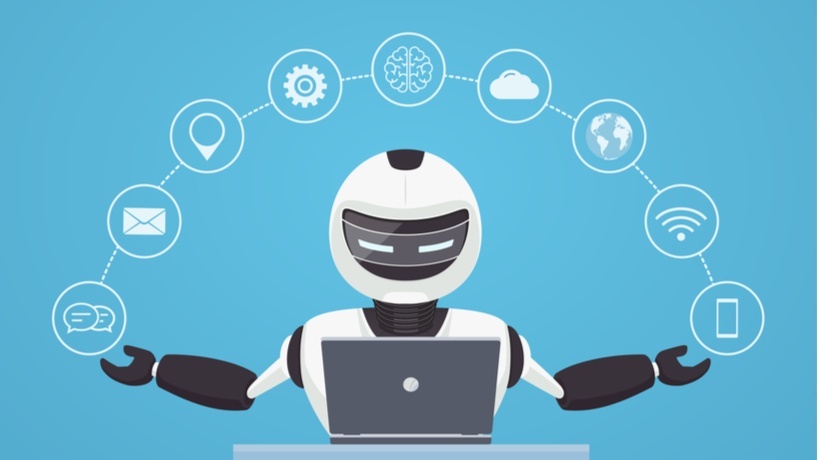How AI Technology is Helping Businesses Mitigate Cybersecurity Threats
Learn how AI technology is helping businesses mitigate cybersecurity threats, including examples of AI applications in cybersecurity and challenges to consider.
Author
EZ-AIHow AI Technology is Helping Businesses Mitigate Cybersecurity Threats
Introduction
Cybersecurity threats are a growing concern for businesses of all sizes. With the increasing sophistication of cyber attacks, it's becoming more important than ever for businesses to have effective security measures in place.
One technology that is helping businesses mitigate these threats is artificial intelligence (AI). In this article, we'll explore the primary cybersecurity threats facing businesses today, how AI technology can help mitigate these threats, and some examples of AI applications in this field.
Primary Cybersecurity Threats Facing Businesses Today
There are several primary cybersecurity threats facing businesses today, including:
- Phishing attacks: These attacks involve sending fraudulent emails or messages to trick users into revealing sensitive information or downloading malware.
- Ransomware attacks: This involves encrypting a user's files and demanding payment in exchange for the decryption key.
- Insider threats: These threats involve employees or other insiders intentionally or unintentionally compromising sensitive information or systems.
- Distributed denial-of-service (DDoS) attacks: These attacks involve overwhelming a system with traffic to make it unavailable to users.
How AI Technology Can Help Mitigate These Threats
AI technology can help mitigate these threats in several ways, including:
- Identifying and blocking phishing attacks: AI algorithms can analyze email and message content to identify suspicious activity and block potential phishing attacks.
- Detecting and responding to ransomware attacks: This technology can monitor systems for unusual activity and respond quickly to contain and mitigate the effects of a ransomware attack.
- Identifying insider threats: AI can analyze user behavior and identify potential insider threats before they can cause harm.
- Mitigating DDoS attacks: AI algorithms can analyze network traffic and identify potential DDoS attacks, allowing businesses to respond quickly and effectively.
Examples of AI Applications in Cybersecurity
There are several examples of AI applications in cybersecurity, including:
- Threat intelligence: It can analyze large amounts of data to identify potential threats and provide real-time threat intelligence to businesses. This can include identifying new malware strains, analyzing social media activity for potential threats, and more.
- Network security: AI algorithms can monitor network traffic and identify potential threats in real time, allowing businesses to respond quickly and effectively. This can include identifying unusual traffic patterns, detecting potential intrusions, and more.
- User behavior analytics: AI algorithms can analyze user behavior to identify potential insider threats and provide alerts to businesses. This can include identifying unusual login activity, detecting potential data exfiltration, and more.
Conclusion
AI technology is becoming an increasingly important tool for businesses looking to mitigate cybersecurity threats. By leveraging AI algorithms to identify and respond to potential threats, businesses can improve their security measures and protect sensitive information and systems. As cyber-attacks become more sophisticated, it's important for businesses to stay ahead of the curve by leveraging the power of AI in their strategies.
In addition to the benefits of AI in mitigating digital threats, there are also some challenges to consider. One challenge is the potential for false positives, where AI algorithms may identify a threat that is not actually a threat. This can lead to wasted time and resources as businesses investigate false alarms. Another challenge is the potential for AI algorithms to be manipulated by attackers, who may use techniques such as adversarial machine learning to evade detection.
Despite these challenges, the benefits of AI in this field far outweigh the risks. By leveraging AI algorithms to identify and respond to potential threats, businesses can improve their cybersecurity measures and protect sensitive information and systems. As the threat landscape continues to evolve, it's important for businesses to stay ahead of the curve by leveraging the power of AI in their cybersecurity strategies.
Check this article to learn more about why cybersecurity is so important.
FAQs
Can AI technology completely replace human cybersecurity professionals?
While AI technology can help businesses improve their security measures, it cannot completely replace human professionals. Human professionals are still needed to interpret the data and alerts generated by AI algorithms, investigate potential threats, and make decisions about how to respond to potential threats. Additionally, human professionals are needed to develop and maintain the AI algorithms themselves.
How can businesses ensure that their AI algorithms are secure?
As with any technology, it's important for businesses to ensure that their AI algorithms are secure. This can include measures such as encrypting data used by the algorithms, implementing access controls to limit who can access the algorithms, and monitoring the algorithms for potential vulnerabilities. Additionally, businesses should work with trusted vendors and partners to ensure that the AI algorithms they use are secure and reliable.
What are some ethical considerations related to the use of AI in cybersecurity?
As with any use of AI, there are ethical considerations related to the use of AI in cybersecurity. For example, businesses must ensure that their use of AI in this field does not violate individuals' privacy rights or lead to discrimination. Additionally, businesses must ensure that their use of AI for security is transparent and accountable and that they are able to explain how their AI algorithms make decisions and respond to potential threats.



